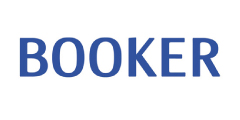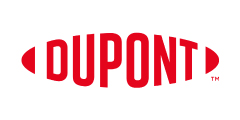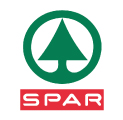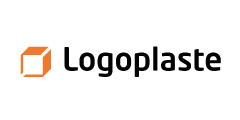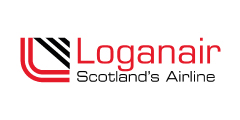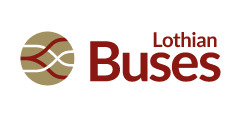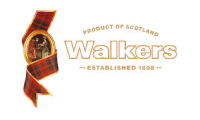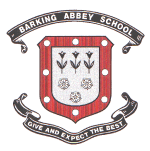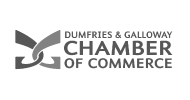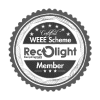When Do Paint Spray Booths Need Explosion-Proof Lights?
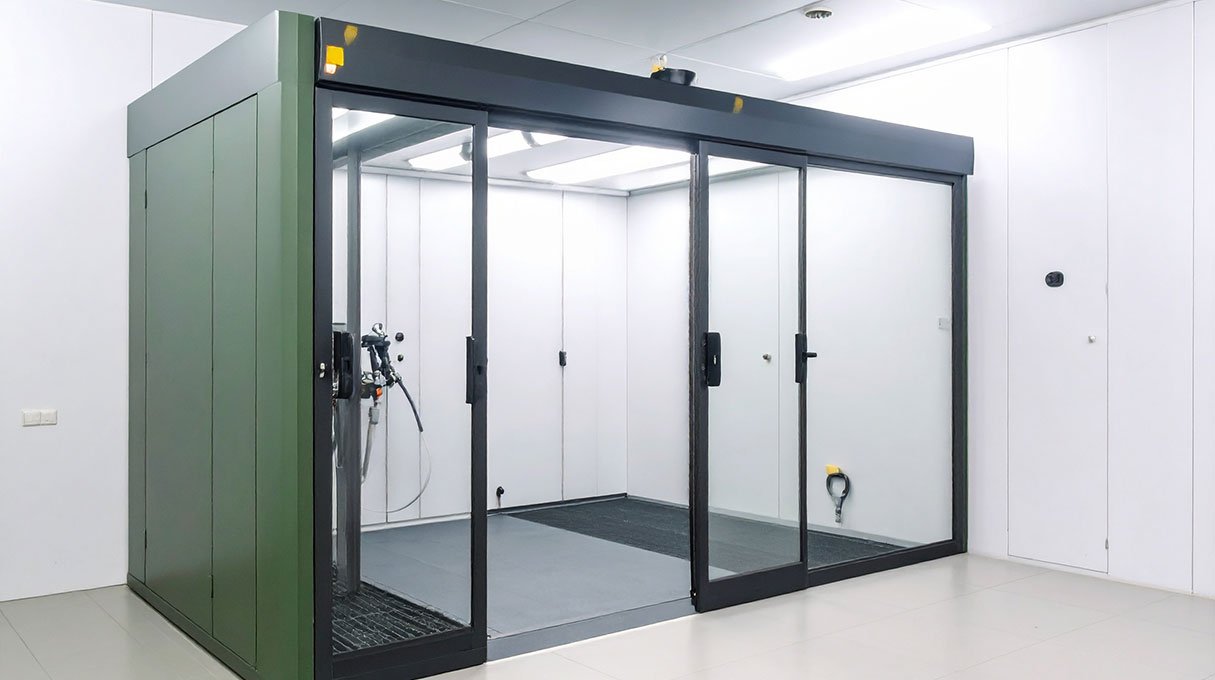
Spray booths require explosion-proof lights when they are used for spraying flammable or combustible materials, such as solvent-based paints or coatings. In this article, we discuss when and why:
Why Explosion-Proof Lighting Is Required
Spray booths often involve the atomisation of flammable liquids, creating a potentially explosive atmosphere made of vapours and fine particulates. If these vapours come into contact with a standard light fixture that sparks or gets hot, it can ignite the vapours and cause a fire or explosion.
When Explosion-Proof Lights Are Required
Explosion-proof (a.k.a. Class I, Division 1 or Class I, Division 2) lighting is required by code and safety regulations in these situations:
- Flammable/Combustible Materials Are Used:
- If you're spraying anything that can release flammable vapours or dust, explosion-proof fixtures are necessary.
- Lighting is Located Inside or Directly Ventilated into Spray Area:
- Any light located inside the booth or ventilated directly into the spray area must be explosion-proof.
- National Fire Protection Association (NFPA) Requirements:
- NFPA 33 (Standard for Spray Application Using Flammable or Combustible Materials) mandates explosion-proof equipment in hazardous (classified) locations inside spray booths.
- Health & Safety Regulations:
- Third-Part H&S Auditors may stipulate a requirement for explosion-proof lighting where hazardous atmospheres exist.
Summary
Use explosion-proof lights in spray booths when flammable or combustible substances are sprayed and lights are in or exposed to the spray area. Always follow the recommendations given by DSEAR Risk Assessors to ensure safety and compliance.


